Most people throughout the modern world have heard of the LASIK procedure, a refractive surgery performed by ophthalmologists on a person’s cornea, the outermost surface of the eye, to improve a person’s vision. LASIK, which is an acronym for “Laser-Assisted in Situ Keratomileusis”, although now one of the most popular refractive surgeries performed across the globe, was not the first of its kind, but rather, is a more highly-advanced surgery that was born from other refractive surgeries performed throughout the past 120 years. To better understand just how far refractive surgery has come, it is important to take a look into the past to see when the first refractive surgeries were performed, and how techniques have drastically changed from then, to now.
What is Refractive Surgery?
Now, some of you may be asking, “I know what LASIK is, but what exactly does the term “refractive surgery” actually mean?”. Well, as Dr. Herion and Dr, Hammond like to explain to our patients, the term “refractive surgery” is a broad term that refers to any of the procedures that can be performed to correct a person’s vision, or rather, their refractive error. A refractive error occurs when certain parts of the eye, including the outer portion called the cornea, and the inner portion called the lens, do not perfectly refract light onto the retina, which is the complex nerve-lining in the back of the eye that helps send information to the brain to let us know what we are seeing. Although the eye may seem like a very small part of our bodies, it is in fact a very complex organ that has many parts that need to work together perfectly in order for us to see. Just like glasses or contact lenses help correct our vision, so does refractive surgery, whether it be LASIK, or another procedure. So, what came before LASIK and procedures similar to it? Let’s find out!
What Came Before LASIK: And Who is to Thank?
Refractive surgery dates back many years, but most consider Dr. Jose Barraquer to be the father of refractive surgery. Dr. Barraquer was not only a prominent ophthalmologist in his time, but he also helped to invent and design surgical tools and procedures, some of which are still in use today. He is best known for creating the cryolathe, a device that is able to help change the shape of the human cornea and help reduce and change refractive error on the eye. Along with this, he also invented the microkeratome, the device used to create the flap in the LASIK procedure, as well as other refractive procedures. Due to his work, both in instruments and developing procedures, Dr. Barraquer paved the way for refractive surgery to become what it is today. Another physician that is recognized as one of the first physicians to pursue vision correction by altering the shape of the cornea in the late 1940’s and early 1950’s, Father Waclaw Szuniewicz, M.D. Dr. Szuniewicz was foundational in the trajectory of refractive surgery with his research into corneal procedures, which helped lead to the first widely used refractive procedure, called Radial Keratotomy, commonly referred to as RK. The RK procedure, first performed by Dr. Syvatoslav Fyodorov in 1979, involved making radial incisions on the cornea to change the shape of the cornea, with the amount of incisions depending on the patient’s refractive error. Although this was a widely performed procedure for many years, well into the 1990’s, but as it was found to have more complications than benefits with many patients, such as fluctuating vision and severe dry eye, the procedure was replaced by Photorefractive Keratectomy, known as PRK, in 1987 by Dr. Stephen Trokel. The PRK procedure involves the surgeon using medication on the eye to gently remove the first layer of skin on the cornea, the surgeon then uses an Excimer Laser to change the shape of the cornea and eliminate the refractive error, and then a medication is applied to the eye to prevent the cornea from returning to its original shape, and a bandage contact lens is placed on the patient’s eye to help with the healing process. A very important step PRK, the Excimer laser portion of the procedure, is what drove the advancement of refractive surgery history, as it led to further procedures, including LASIK, and Dr. Stephen Trokel is also to thank for this advancement in medicine.
Dr. Trokel was not only the first to introduce and perform PRK, but was also the surgeon that patented the Excimer Laser for refractive surgery procedures, the first of its kind used in laser-corrective eye surgery, and a type of laser that is still used today in vision-correction surgery. The Excimer laser, now produced by many medical device companies such as Zeiss and Alcon, is a laser that utilizes ultraviolet light to ablate, or change, the shape of the cornea in procedures such as PRK, and more commonly in recent years, in LASIK procedures. Furthermore, it is important to recognize Dr. Marguerite McDonald for the work she has done in the refractive field, as she was the first doctor to perform the first excimer laser treatment on a patient, and she was the first to use the excimer laser to treat a patient with farsightedness, or hyperopia.
Other ophthalmic surgeons, such as Dr. Stephen Slade and Dr. Stephen Brint, were the first to perform LASIK on patients in the United States in 1991, and many other physicians contributed to the research and growth of the LASIK procedure, which was officially approved by the FDA in 1996 as an “on-label” procedure to be performed by an Excimer laser. During this time, another ground-breaking ophthalmologist, Dr. Steve Schallhorn, was working tirelessly to learn more about cornea procedures and refractive surgery, after serving his country as a fighter pilot in the US Navy, and established the Department of Defense refractive surgery program. NOt only did this program help to serve the vision needs of our servicemen, but it also helped expound on the research being done on refractive surgery and environmental stresses and extremes. To better understand the use of lasers in LASIK, and other refractive procedures, let’s take a further look into what the LASIK procedure entails.
LASIK: How does it Work?
LASIK, unlike PRK, involves one more step in the correction process, which involves the surgeon creating a flap on the surface of the cornea, lifting the flap, and then treating the cornea with an Excimer laser to correct the patient’s refractive error. Now, in the first years of the LASIK procedure, this flap was created by-hand by the physician using a blade (I know, it sounds terrible!), which could lend to flaps being slightly misshapen or differing in depth. To better serve patients and improve the quality of the LASIK procedure, Dr. Tibor Juhasz took to researching how they could use other lasers, such as femtosecond lasers, lasers that use infrared light to make precise incisions, to improve the quality of the flap created for LASIK. So, in 2001, the FDA approved the first femtosecond laser for LASIK surgery, and the procedure has only continued to improve since then!
Refractive Surgery: LASIK and Beyond
With technology such as WaveFront and Contura, both of which make the LASIK procedure unique and individualized to every patient, vision correction has never been safer, more effective, and easier to recover from than ever before. As laser technology has improved over the years, other corneal-based procedures have been approved by regulating administrations across the globe, such as the Small-Incision Lenticule Extraction procedure, which is much more fun to refer to as the SMILE procedure! This procedure was first performed in 2008, although the FDA did not approve the procedure to be performed in the United States until 2016, and it is currently only approved to treat Myopia, which is nearsightedness. Zeiss, the only company that manufactures the femtosecond laser that is used for the SMILE procedure, has helped revolutionize the field of refractive surgery with this procedure, and as of today, Carrot LASIK and Eye Center is the only practice in Arizona that is able to perform the SMILE procedure! Along with PRK and LASIK, Dr. Hammond and Dr. Herion love helping patients achieve unparalleled and crystal-clear vision with the SMILE procedure and the advanced lasers and technology in our practice.
Beyond the Cornea: Intraocular Refractive Surgeries
Although LASIK is the most commonly performed refractive procedure across many countries, with procedures like SMILE starting to be performed more frequently, when talking about refractive surgery, there are several other procedures that should be mentioned, as they are just as revolutionary when it comes to vision correction. LASIK, PRK, and SMILE are all corneal-based procedures, meaning they take place on the cornea and do not require the surgeon to operate inside of the eye. However, Implantable Collamer Lenses (ICLs), more commonly referred to as Implantable Contact Lenses by patients and the general public, as well as the Refractive Lens Exchange (RLE), are two other refractive surgeries that our surgeons, and others across the globe, perform every year. These, unlike corneal-based procedures, are referred to as intraocular procedures, meaning they take place on the inside of the eye to correct the patient’s refractive error.
ICL: The Implantable Contact Lens
The Implantable Collamer/Contact Lens (ICL), unlike your typical contact lens that rests on the cornea, is shaped somewhat like a rectangle, and it is manufactured to the exact prescription and refractive error of the patient. Also unlike the typical contact lens, once the ICL is implanted in the eye, behind the iris (the colored part of your eye), and in front of the natural lens inside the eye, it does not need to be changed or removed until the patient needs cataract surgery (which involves the lens inside of the eye become hardened and cloudy). Once the ICL is implanted, the patient will not be able to see or feel that it is there, and immediately after it is placed in the eye, the patient will already start to see better! Currently, the FDA has only approved ICLs in the treatment of significant myopia, meaning the patient must have a refractive error of -3.00 or greater. When ICLs were first approved by the FDA, they were not able to correct astigmatism along with myopia, so many patients had to have an additional LASIK procedure afterwards to correct their astigmatism. However, with the newest advancement in ICLs with the debut of the EVO ICL, manufactured by Starr Surgical, patients are able to have their entire refractive error corrected, as well as the benefit of even less complications after surgery. ICL is a ground-breaking and fantastic option for those patients who may have very large refractive errors, even up to -20.00, are seeking to live a life free of glasses and contacts!
Refractive Lens Exchange: The Same as Cataract Surgery?
Now, one last refractive procedure to understand, and one that Dr. Herion and Dr. Hammond perform very frequently at Carrot, is the Refractive Lens Exchange, or RLE. Like the ICL procedure, the RLE procedure is an intraocular procedure, but unlike the ICL procedure, RLE involves removing the old lens inside of the eye, and replacing it with a new lens. Now, some of you may think that this sounds very similar to cataract surgery… and you would be completely right! RLE for all intents and purposes, is the same exact procedure as cataract surgery, however, instead of waiting until the patient is in their 70’s, which is the average age for insurance to pay for a portion of cataract surgery, RLE can be performed on patients as young as in their 40’s! You may be thinking, “Why wouldn’t I wait until insurance will pay for me to have my cataracts removed?”, and that is a great question to ask, and there are several reasons as to why patients decide to have the RLE procedure, and why both Dr. Hammond and Dr. Herion would recommend this refractive procedure over others; First, although there are some insurance companies that pay for a decent portion of cataract surgery, no insurance companies pay for the patient to have an upgraded IntraOcular Lens (IOL), meaning the IOL they will pay for only corrects for distance vision, and the patient will have to wear reading glasses after surgery. Now, these IOLs are still great quality, however, there are many patients in their 40’s and up that want the freedom of not having to wear reading glasses, and with the RLE procedure, many more lens options become available, and the possibility of being out of reading glasses is more obtainable. Second, conditions such as hyperopia, or farsightedness, are not easily treated by other refractive procedures, such as LASIK, and in fact, our doctors have seen that patients with high degrees of hyperopia have better visual outcomes with theRLE procedure, especially younger patients who may not qualify for any other refractive procedure. And as both Dr. Herion and Dr. Hammond like to say, having the RLE procedure in our tool-belt allows us to better serve our patients and our community when it comes to improving vision!
Let’s Wrap it Up!
Okay, I understand that was a lot of information to digest, and you may be feeling slightly overwhelmed, and trust me, working in this field has shown me there is so much more to the human eye than I could have imagined! But I hope that this post has helped you understand how far refractive surgery has come over the years, and helped you learn a little bit more about the eye and how ophthalmic surgeons like Dr. Hammond and Dr. Herion are working to help patients live with better vision. At Carrot LASIK and Eye Center, we are always seeking to collaborate with our patients to not only educate them on their refractive surgery options, but also help educate them on their eye health and wellness, and pass on our passion for patient care and eye care. Any questions? No problem! Give us a call and schedule a Refractive Surgery Consultation, where we will use the most advanced technology to not only see if you are a refractive surgery candidate, but also so we can get to know you, and see how we can serve you in your vision journey!




